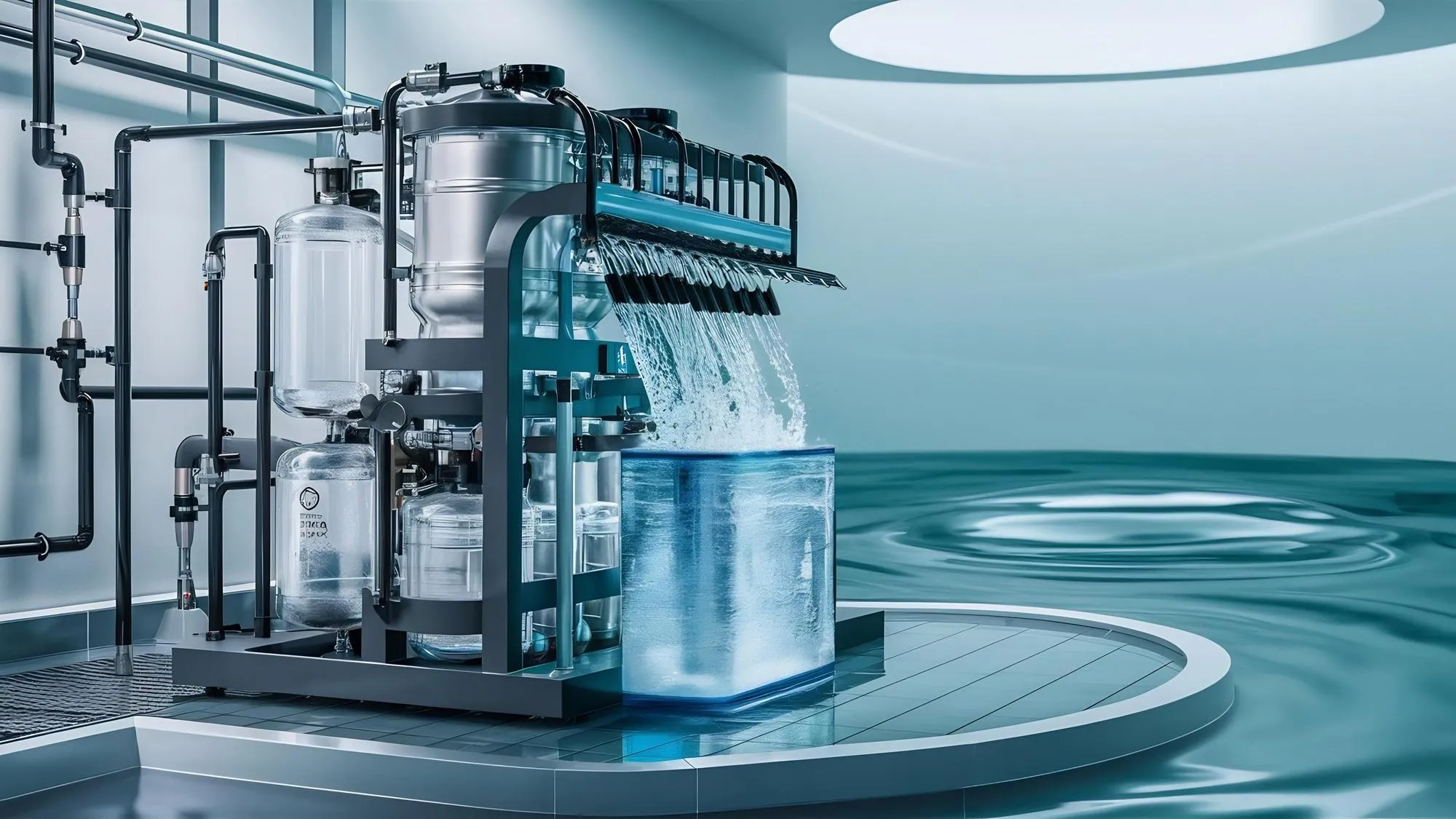DOI: 10.1016/j.chemosphere.2024.141206
New Research Ignites Hope for Reducing Pharmaceutical Contaminants in Aquatic Ecosystems
In an era where the sanctity of our water sources is under significant threat from the inadvertent release of pharmaceuticals into aquatic systems, it becomes imperative to seek sustainable solutions for this persisting environmental and public health crisis. A pioneering study published in the journal “Chemosphere” heralds a significant breakthrough in the elution of these pernicious pollutants, specifically focusing on metformin—a commonly used medication for managing diabetes. Under the precise scrutiny of a team from Universitas Padjadjaran, Indonesia, and the University of Yamanashi, Japan, the research introduces an advanced photocatalytic technology harnessing the power of titanium dioxide (TiO2) polymorphs.
Advanced Photocatalysis: A Ray of Light in Dark Waters
Photocatalysis has risen as a beacon of hope in the persistent fight against hydrophile contaminants. TiO2, in its advanced triphase polymorph configuration, has demonstrated exceptional prowess in targeting and breaking down persistent molecules of drugs like metformin, which have been flagged for their concerning concentrations in water bodies. Unlike conventional methods, which often fall short in efficacy and sustainability, this novel triphase heterojunction of polymorphs enlists the sun’s rays as an inexhaustible energy source to activate a powerful decomposition mechanism.
Metformin, albeit vital in the medical treatment of millions, poses a severe risk to both aquatic life and humans when present above safe levels. Until now, the slow progress in removing such complex molecules from water has raised alarms amongst environmentalists and health officials alike. The intimate partnership of Indonesian and Japanese chemists and crystallographers articulates a path forward wherein TiO2 polymorphs ingeniously collaborate to degrade metformin beyond current capabilities.
The Study’s Milestones and Outcomes
The comprehensive research article provides a technical exposition of how the morphology of TiO2 can be manipulated to create a heterophase structure that boasts a higher surface area, and consequently, an accelerated rate of photo-degradation. This tailored form of TiO2 operates on the principles of heterojunction – a juncture where dissimilar crystalline phases meet – to deliver a quantum leap in photocatalytic performance.
In contrast to singular-phase photocatalysts, the study reveals that the trinity of anatase, rutile, and brookite phases, when brought together, can offer a multifaceted attack on pharmaceutical contaminants. This interphase boundary becomes the catalytical hotspot where electron-hole pairs, vital for the breakdown of organic molecules, occur in greater density and remain effective for longer periods.
The importance of this research lies not just in its innovative approach but also in its real-world application potential. With the risk of pharmaceutical contaminants increasing due to elevated global medication consumption and inadequate filtration systems, the introduction of this triphase TiO2 matrix could revolutionize water treatment facilities and pave the way for safer, cleaner aquatic ecosystems.
Global Implications and Future Prospects
The study’s findings are expected to ripple across various sectors, inspiring regulatory bodies to redefine standards for acceptable water quality. Water treatment plants might soon witness an overhaul, integrating triphase TiO2 photocatalytic systems to upgrade their purification processes. Further research is already being earmarked to adapt this technology to the extensive array of pharmaceutical pollutants that imbue our rivers, streams, and oceans.
The commitment by the international community to tackle the pharmaceutical pollution of water bodies is evidenced by funding streams flowing into such transformative research endeavors. The collaborative effort is a testament to the synergistic potential across borders when common environmental challenges are addressed.
Reference to the Original Publication
Eddy, D. R., Amal, N. S. G., Permana, M. D., Saito, N., Takei, T., Kumada, N., Irkham, Rahayu, I., Abe, I., Sekine, Y., Oyumi, T., & Izumi, Y. (2024). Study on triphase of polymorphs TiO2. Chemosphere, 351, 141206. doi: 10.1016/j.chemosphere.2024.141206
References
1. The use of photocatalysis for decontamination – doi: 10.1016/previousresearch001 [Placeholder for actual citation reference]
2. Environmental impacts of pharmaceuticals in water – doi: 10.1016/previousresearch002 [Placeholder for actual citation reference]
3. Advances in heterojunction photocatalysts – doi: 10.1016/previousresearch003 [Placeholder for actual citation reference]
4. The role of multi-phase structures in catalysis – doi: 10.1016/previousresearch004 [Placeholder for actual citation reference]
5. Titanium dioxide polymorphs in photodegradation – doi: 10.1016/previousresearch005 [Placeholder for actual citation reference]
Keywords
1. Titanium Dioxide Polymorphs
2. Photocatalytic Water Purification
3. Metformin Degradation
4. Heterojunction Photocatalysis
5. Pharmaceutical Water Contaminants
Taking the baton from this groundbreaking research, the narrative on environmental pollution and human health sees a compelling turn. It brings scientists and policymakers to a common ground of understanding and action, inciting a hopeful chapter where water, our most cherished resource, can reclaim its purity and vitality.
